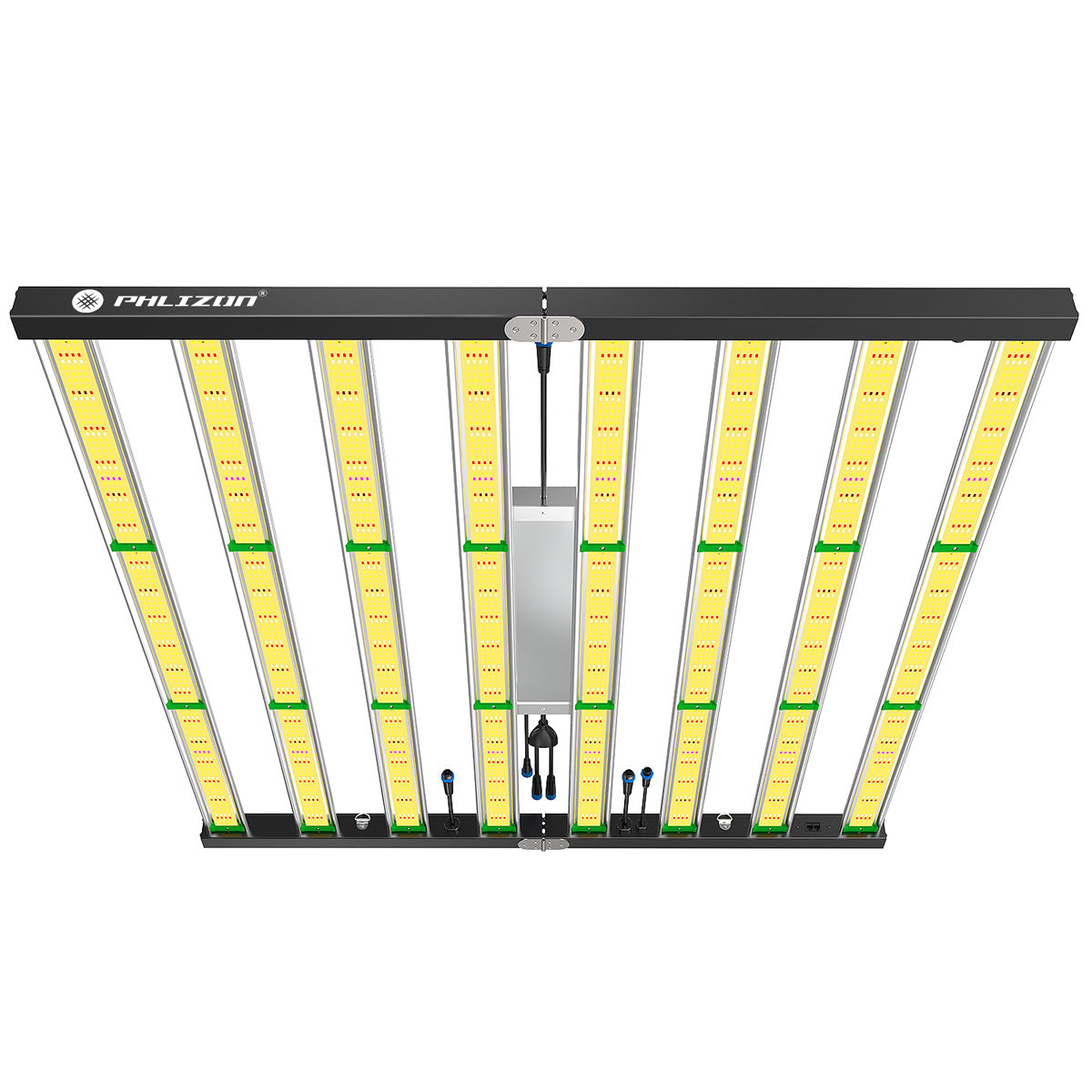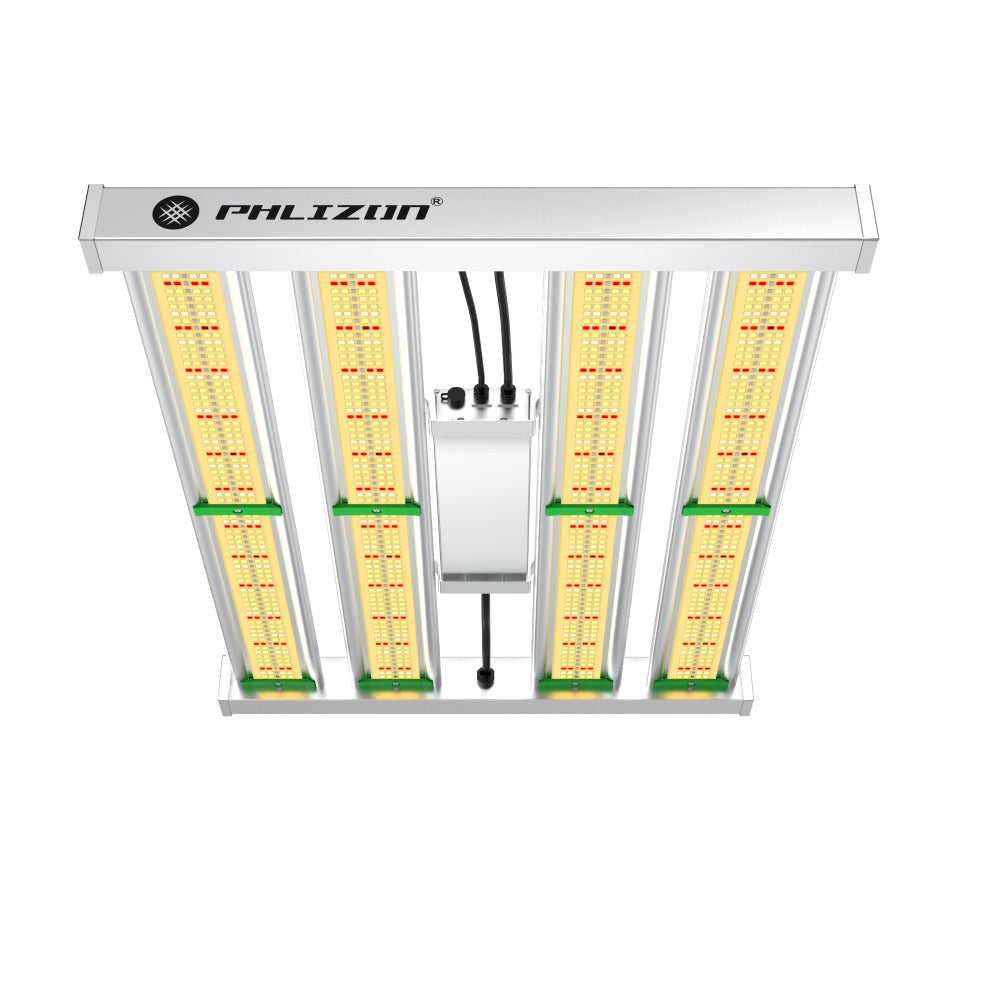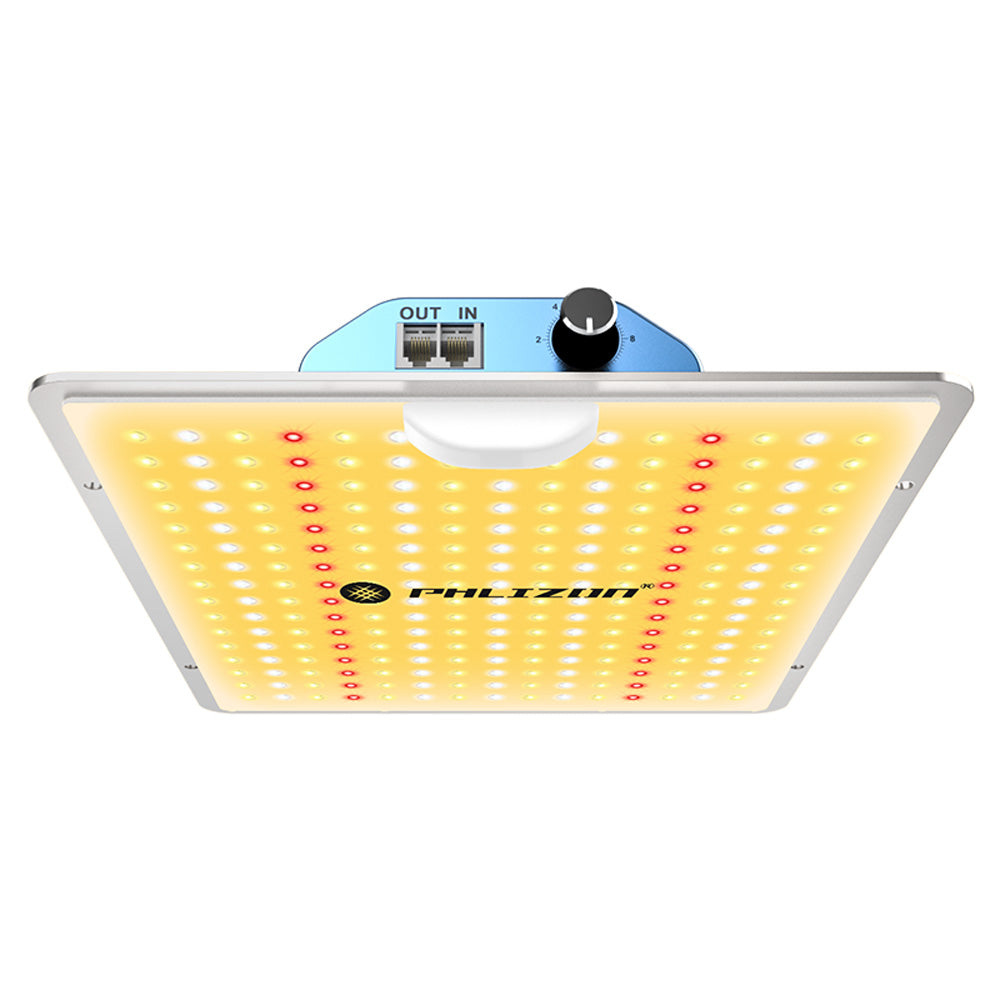Menu
Understanding How Much PPFD Plants Need for Thriving Growth
Growing plants can feel a bit like being a detective. You gather clues, observe behaviors, and adjust your approach to get the best results. One of the most crucial clues in this plant-growing mystery is PPFD, which stands for Photosynthetic Photon Flux Density. But how much PPFD do your plants actually need? Let’s dive into the light of the matter.
What is PPFD and Why is it Important?
PPFD measures the amount of light—specifically, photosynthetically active radiation (PAR)—that reaches the leaves of your plants. Imagine sunlight as a buffet. The more variety and quantity of food (light) your plants get, the healthier they become. A balanced amount of PPFD helps plants perform photosynthesis effectively. Too little light, and your plants may stretch toward the light like a follower at a concert. Too much, and they could get scorched faster than a marshmallow over an open flame.
Different Plants, Different Needs
Just as people have unique tastes in food, different plant species have varying light requirements. For instance, succulents and cacti thrive in high PPFD, enjoying bright, direct sunlight. On the flip side, leafy greens, like lettuce and spinach, prefer lower levels. Think of it as setting a dining table—each type of plant is a guest with its own preferences.
Here’s a quick guide to get you started:
- High Light Plants: Need 400-600 µmol/m²/s
- Medium Light Plants: 200-400 µmol/m²/s is their happy place
- Low Light Plants: Usually thrive on 100-200 µmol/m²/s
Finding the Sweet Spot: Measuring PPFD
To discover how much PPFD your plants receive, a light meter is your best friend. It's like using a thermometer to check the temperature; you need an accurate reading to understand your environment. Position the meter directly under your light source and take readings at plant height. This will help you ensure they’re getting the light they need.
Adjusting for Growth Stages
Light needs can change as your plants grow. Seedlings and young plants often require less light than mature specimens. It’s like a teenager; they might not need the same amount of supervision as kids do, but as they grow, they need more guidance. Adjust the PPFD to support your plant’s growth stages.
Lighting Techniques for Optimal PPFD
If you're growing indoors or using artificial lights, consider these lighting techniques:
-
Distance Matters: Position your grow lights at the right distance. Too far away means low PPFD; too close can lead to light burn.
-
Reflective Surfaces: Use reflective materials to bounce light around. It’s like adding mirrors to a room to brighten it.
-
Spectrum Matters: Use lights that include the right spectrum for the stage of growth. Blue light is great for vegetative stages, while red light helps during flowering.
Conclusion: Light Up Your Plant’s World
Understanding and providing the right amount of PPFD can transform your gardening journey from a chore into a rewarding passion. By tuning in to your plants’ needs and adjusting light, you create an environment where they can thrive. Just remember, each plant is unique—like people—so observe closely, experiment a bit, and watch your garden flourish.
Featured blog
- Choosing a selection results in a full page refresh.

















